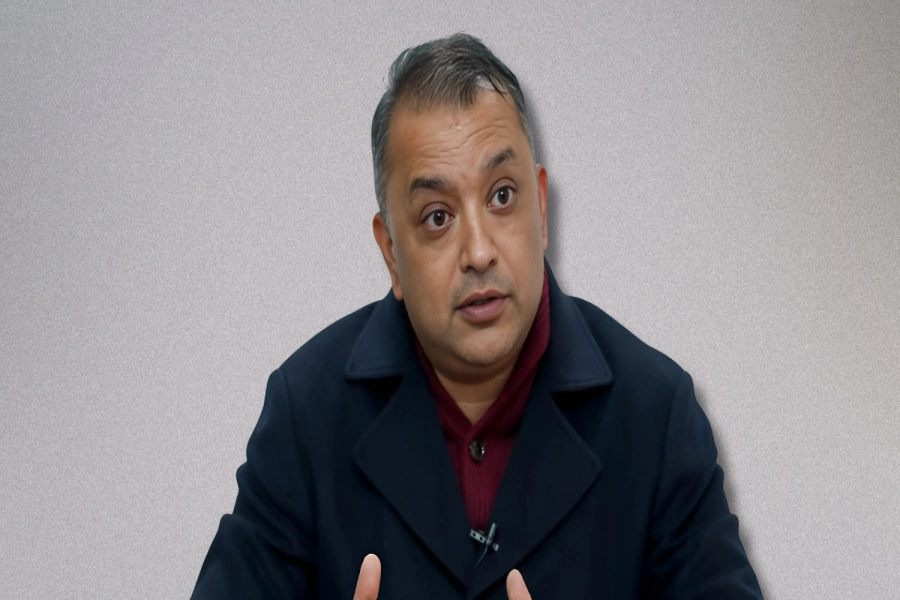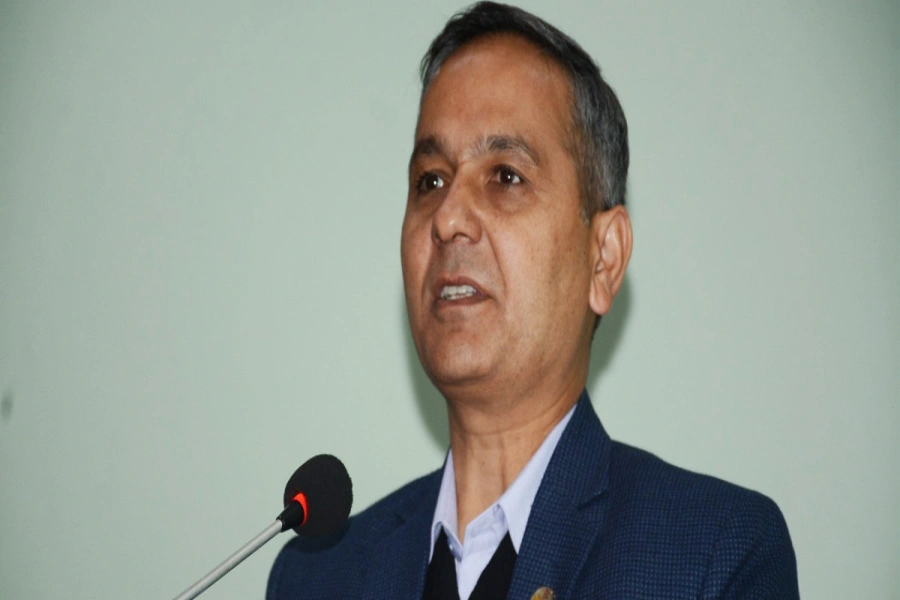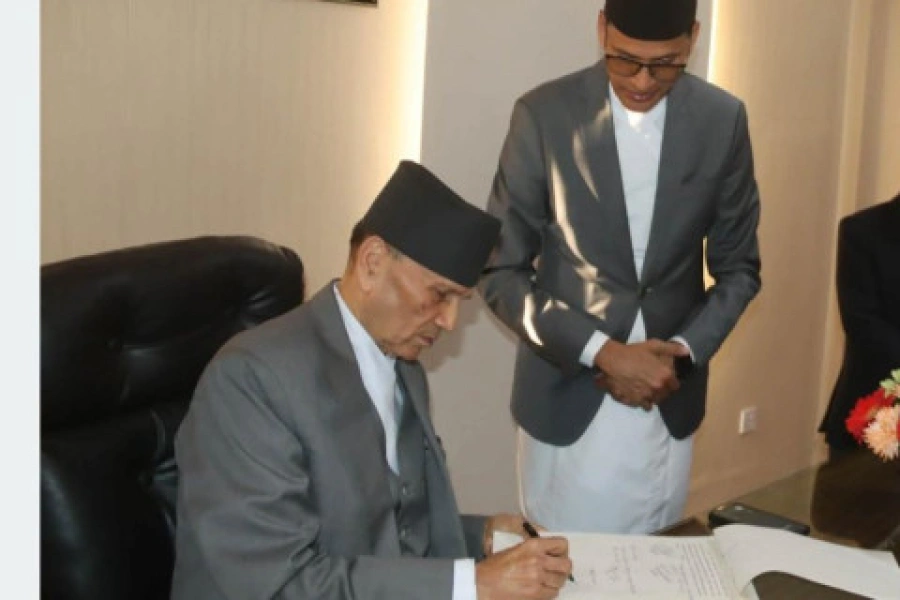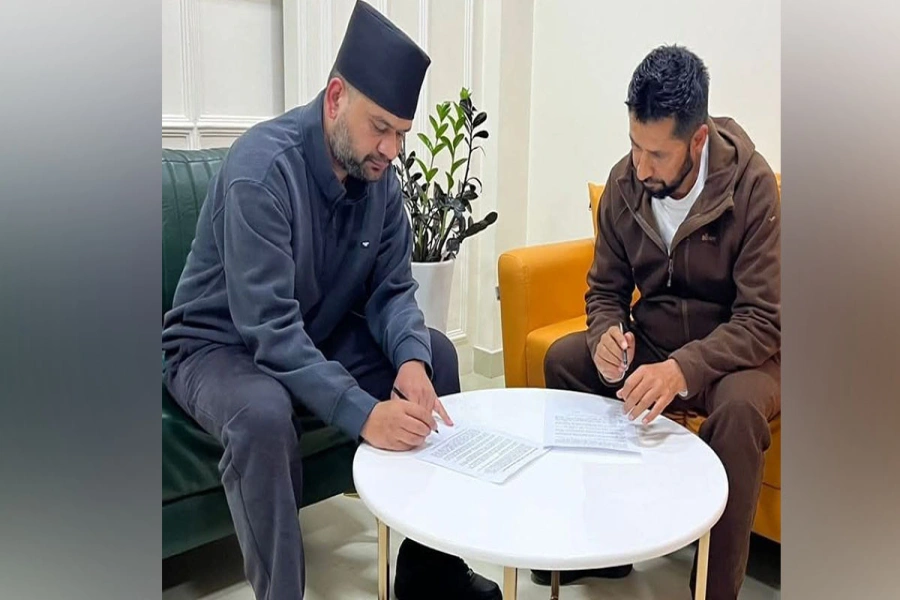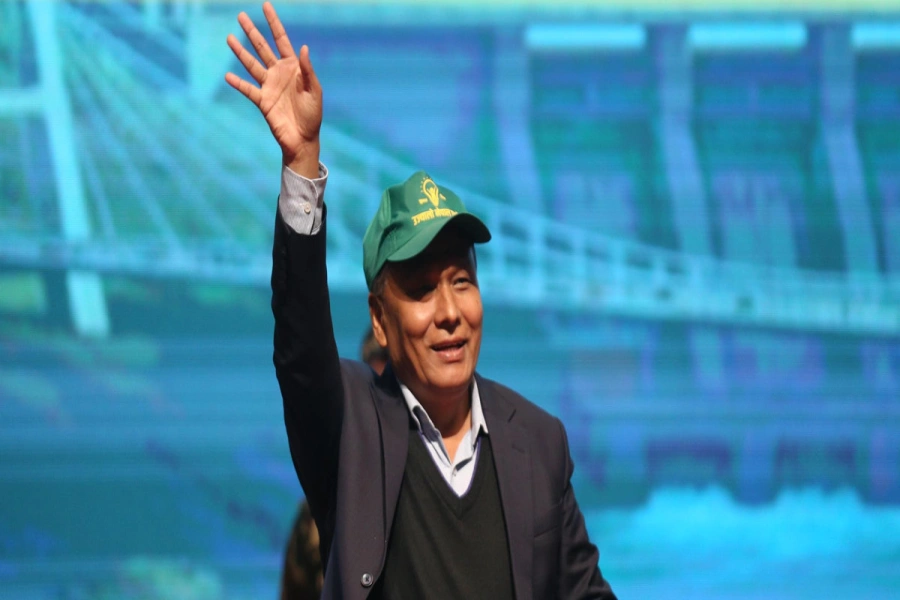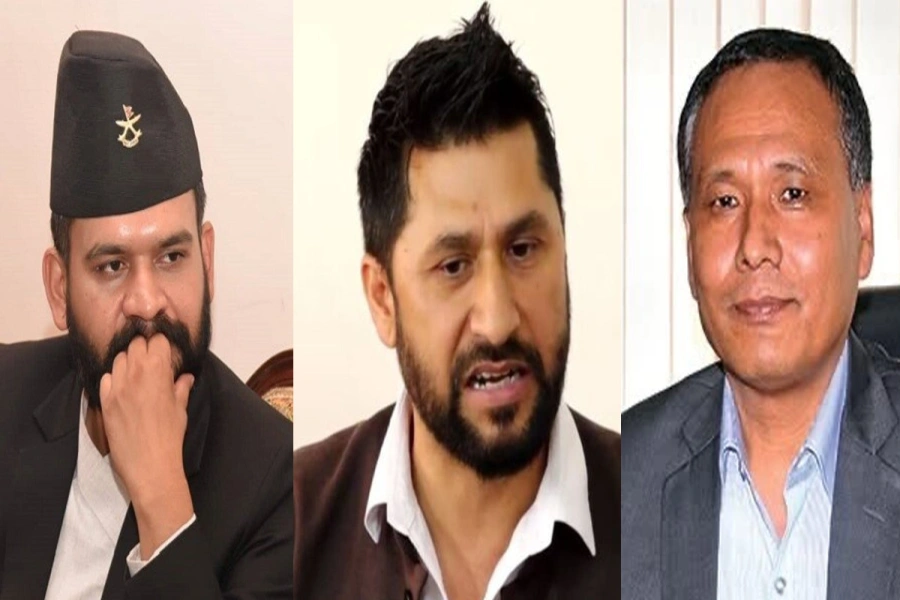The advocates recited many poems and songs, referred to some dialogues from dramas in the hearing process of the case on the dissolution of the House of Representatives, as if a grand literary symposium was being organized. The same got highlighted and published by the mainstream media repeatedly; a section of the general public was astonished with these activities that happened at the Constitution Bench.
On December 20, 2020, Prime Minister KP Oli decided to dissolve the House of Representatives and announce mid-term polls to be held in two phases. Some social activists and advocates challenged his move in the court and protests broke out on the streets. The writ petitions got registered at the Supreme Court against the move. The vast array of advocates got divided into ‘for’ and ‘against’ of the Prime Minister’s move. The writ petitions drew the attention of the actors and audiences of international politics and diplomacy, too. The hearing on the writ petitions continued for more than three months and more than 300 advocates registered their names to be presented in the court of law for the support or opposition of the move. The constitutionality of the case was tested at the Constitutional Bench of the Supreme Court.
In the course of hearing the case, among others deputy attorney general of the Government of Nepal, Padam Prasad Pandey, and senior advocate Sushil Panta argued on behalf of the Prime Minister to defend the dissolution of the House of Representatives. Both, with rigorous vigor for more than four hours rested the stances of their opinions on the ground of Article 74 and 85 of the Constitution of Nepal. Senior advocate Panta did not only put forward his opinions taking reference of the aforementioned articles of the constitution but also recited a few stanzas of a famous Hindi song while putting forward his arguments.
To the surprise of the other legal professionals, and audiences in that context of courtroom decorum, the justices of the Constitutional Bench paid deep heed to the stanzas of the song. A justice even asked the senior advocate to sing the song again. It seemed as if senior advocate Panta wanted to justify the prime minister's move with reference to the stanzas of the song besides looking into the constitutional provisions. Like senior advocate Panta, many senior/advocates arguing for and against the prime minister’s move sang many Hindi and Nepali songs while putting forward their opinions on the dispute.
Literature and int’l drama festival to be held in Janakpur

The advocates recited many poems and songs, referred to some dialogues from dramas in the hearing process of the case on the dissolution of the House of Representatives, as if a grand literary symposium was being organized. The same got highlighted and published by the mainstream media repeatedly; a section of the general public was astonished with these activities that happened at the Constitution Bench. It could, as such, be a matter of astonishment before the 1970s until the interplay and interface between law and literature had not browsed out. But, in our case, such a scenario in the court is an unsolved old puzzle even today. Advocates often sought the help of poetry, dialogues of drama, plots of stories, contexts from folklore and folk stories, and proverbs while presenting their arguments and defending their parties in the court of law along with the citation of provisions from legal instruments: constitutional provisions, statutes, precedents, international legal instruments, general principles of law and principles of natural justice.
Even though law and literature are two different areas, both fields are creations of humans and target ‘human and society’ as their search and research. That is why their relationship is interlinked. There are many classics and modern literary genres in which law is a dominant subject. They describe the relations among law, humans, and society (Chang, 2008). The great literary pieces, such as ‘The Trial’, Crime and Punishment, The Brothers Kalamazoo, The Outsider, Bleak House, The Merchant of Venice, Measures of Measures, etc are written about laws that may come under the ‘pure’ ambit of legal studies. Many contents covered in these literary texts might influence the jurisprudential scope of the legal studies but legal professionals rarely make literary appreciation from the legal points of view in our context.
Literature is the mirror of society in which law is one image among innumerable images reflected in the mirror of human society. As a mirror of society, it becomes a medium of conveying not only good aspects of laws but also exposing the loopholes of laws. It becomes the narrative of justices as well as injustice dispensed by the courts of laws in particular cases. In this way, literature plays important roles in bringing law reforms. Reading and analyzing literary works make legal professionals able to learn a lot of jurisprudence, the science of law.
The interdisciplinary connection between law and literature was initiated from the early 1970s with the focus of the ‘law in literature’ movement. The law academia started to enhance legal studies by examining and interpreting legal texts using the techniques of literary theories and criticism. Legal scholars come up with the opinions that the meaning of legal texts, like any genre of literature, can only be understood and discovered through interpretation. As a consequence, Interpretation of Statutes as a core course was introduced at the university level of legal studies. The interpretation of statues borrows the theories of interpretation from literary theories and criticism, applied linguistics, socio-psycho-linguistics, pragmatics, stylistics, semantics, and syntax. The law and literature as a subfield of study was included in the broader spectrum of the jurisprudence in the legal academia. But, it is unfortunate that, in our context, the law academia has paid rare concern to law and literature as a subject of search and research in the legal studies.
Law and literature have the same function. They both deal with the relationship between humans and society. Both of them are under the obligation of idealizing humans and societies. Their basic function is to transform and develop humankind’s world. Literature serves the function of education, self-expression, compassion, self-searching, feeling and healing. It inspires people’s minds. It makes us dream about a beautiful world, ideal societies, and human justice. Like literature, the obligation of law is to limit and regulate humans’ behaviors. So, it aims to keep society safe.
If we want to solve the real problem, we need to know what the people are thinking. We need to have plenty of understanding and compassion toward human beings. We endeavor to discover the outer world. These are the basic and common functions of law and literature. Literary texts describe the human conducts and contours that violate the laws which result in injustice. They attempt to show the conflict between emotion and reason, and natural law and positive law. Therefore, literature has made law rich (Chang, 2008).
The intimate relationship between law and literature exists in their methods of explanation, interpretation, description, readings, and expression. This connection is most apparent in that they both implement the use of words and rhetoric; both gather human’s experiences and stories. Beneath the strict language, they simply reflect the human world of experience.
(The writer is an advocate and can be contacted at 9843858621.)





